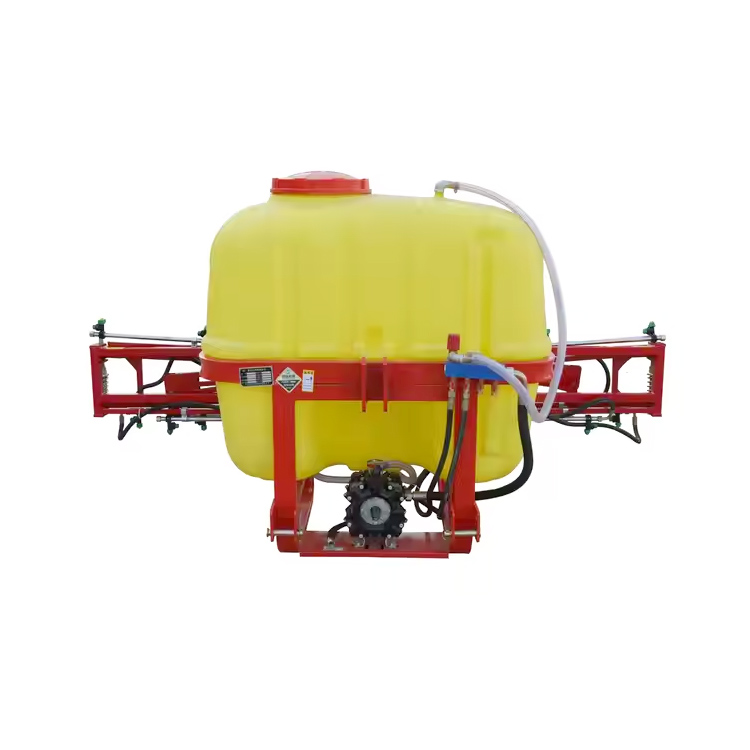Safety Precautions and Important Considerations When Using a Boom Sprayer
2025-06-26
The boom sprayer is a vital piece of agricultural equipment used for applying pesticides, herbicides, fertilizers, and other crop protection products over large areas efficiently. While it significantly improves spraying effectiveness and productivity, its operation also poses potential risks to the user, the environment, and the crop if not handled with proper safety measures. This essay outlines the essential safety precautions and key considerations to observe when using a boom sprayer.
1. Personal Protective Equipment (PPE):
Operators must always wear the recommended personal protective equipment when handling chemicals and operating the boom sprayer. This typically includes chemical-resistant gloves, goggles, long-sleeved clothing, a respirator or mask, and waterproof boots. PPE helps prevent direct exposure to harmful substances that may cause skin irritation, respiratory problems, or poisoning.
2. Equipment Inspection and Maintenance:
Before each use, it is crucial to inspect the boom sprayer for any signs of damage or wear. Check hoses, nozzles, pumps, and tanks for leaks or blockages. Calibration of the sprayer should also be performed regularly to ensure accurate application rates. Routine maintenance prevents equipment failure during operation and ensures the chemicals are delivered safely and effectively.

3. Correct Chemical Handling and Mixing:
When preparing the spray solution, always read and follow the manufacturer’s instructions on the chemical label. Use proper tools for measuring and mixing chemicals, and never use bare hands. Always mix chemicals in a well-ventilated area, preferably outdoors, and avoid inhaling fumes. Careful handling minimizes the risk of spills, over-application, and operator exposure.
4. Environmental Awareness:
To avoid environmental contamination, never spray near water bodies, sensitive vegetation, or during windy conditions which can cause drift. Maintain buffer zones as required by regulations. It is also important to avoid spraying when heavy rain is forecast, as this can lead to runoff into nearby streams or soil contamination.
5. Safe Operating Practices:
Ensure the tractor or vehicle pulling the boom sprayer is in good condition and suited for the terrain. Drive at a steady, controlled speed to maintain even coverage. Use GPS guidance systems if available to improve accuracy and prevent overlapping or missed areas. Never allow untrained individuals to operate the sprayer.
6. Cleaning and Storage:
After spraying, thoroughly clean the boom sprayer to remove any chemical residues. Rinse tanks, lines, and nozzles using recommended procedures and dispose of the wash water in accordance with local environmental regulations. Store the sprayer in a dry, secure area to prevent accidental use and protect it from weather damage.
7. Record-Keeping and Training:
Keep accurate records of all spraying activities, including the type and amount of chemical used, application rates, weather conditions, and field location. Additionally, operators should undergo regular training to stay updated on safe handling practices, equipment use, and legal requirements.
Conclusion:
The use of boom sprayers in agriculture offers considerable benefits, but it must be approached with caution and responsibility. Following safety precautions and being mindful of environmental and operational considerations ensures the health and safety of the operator, the protection of crops, and the preservation of the environment. Responsible sprayer use is not just a matter of efficiency—it is a matter of safety and sustainability.